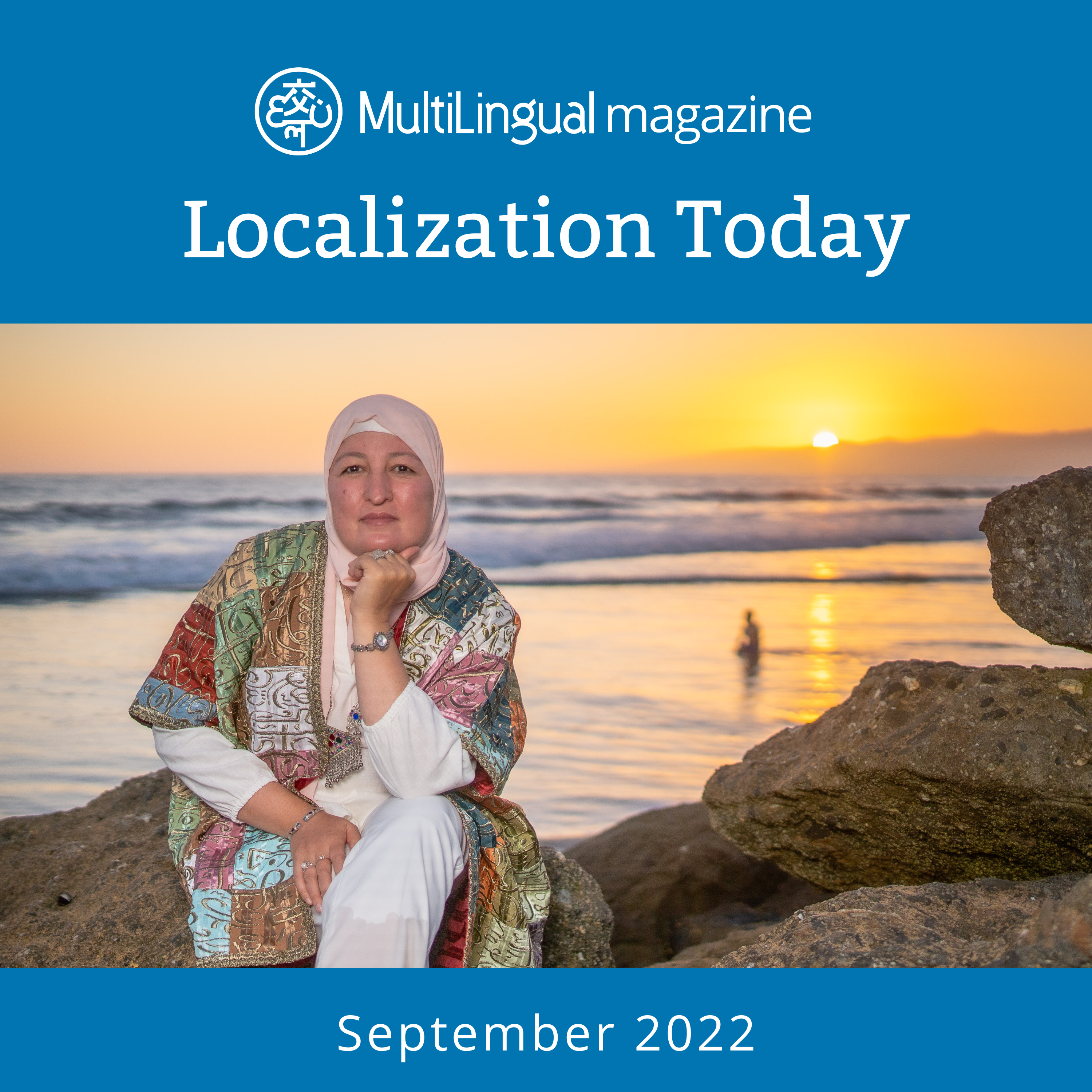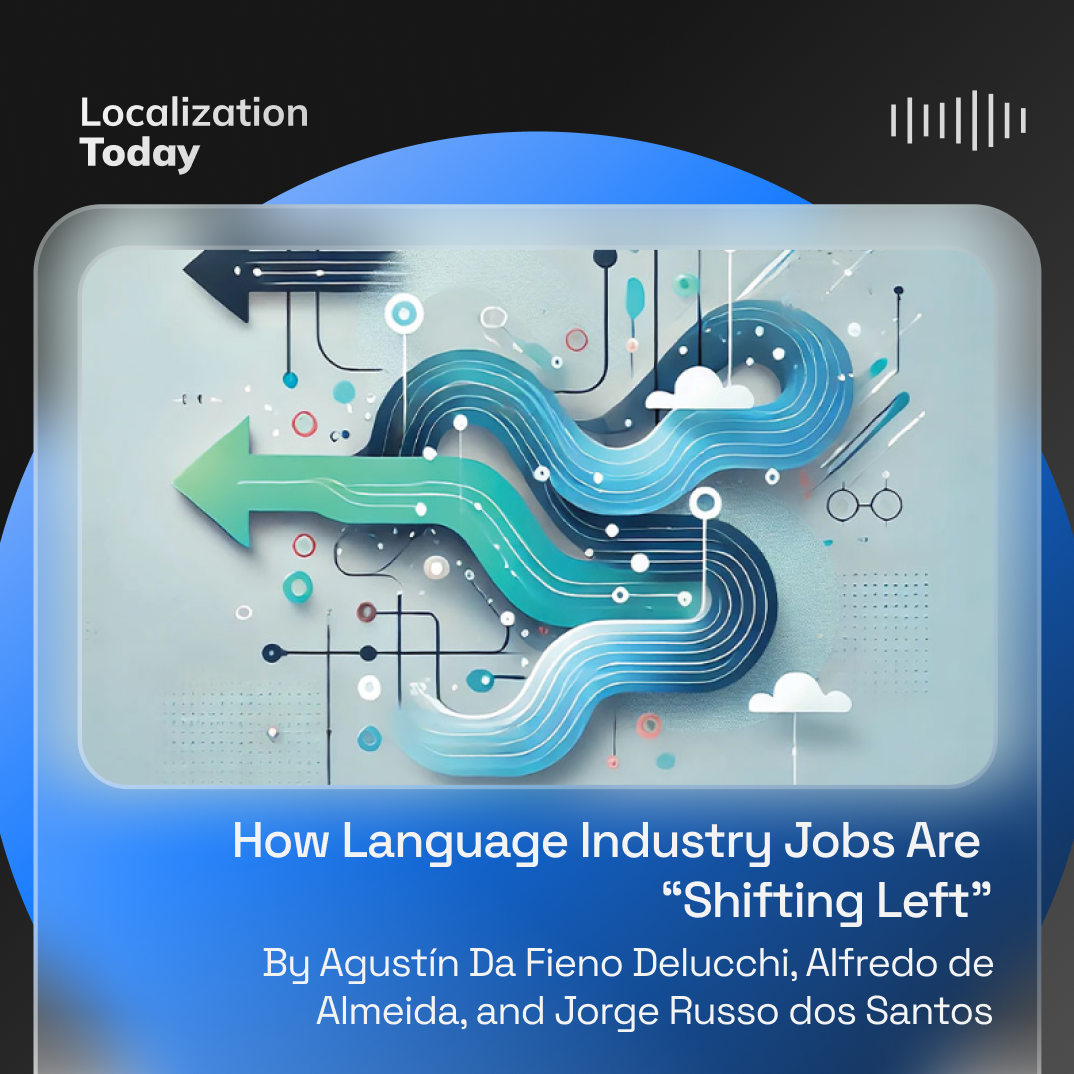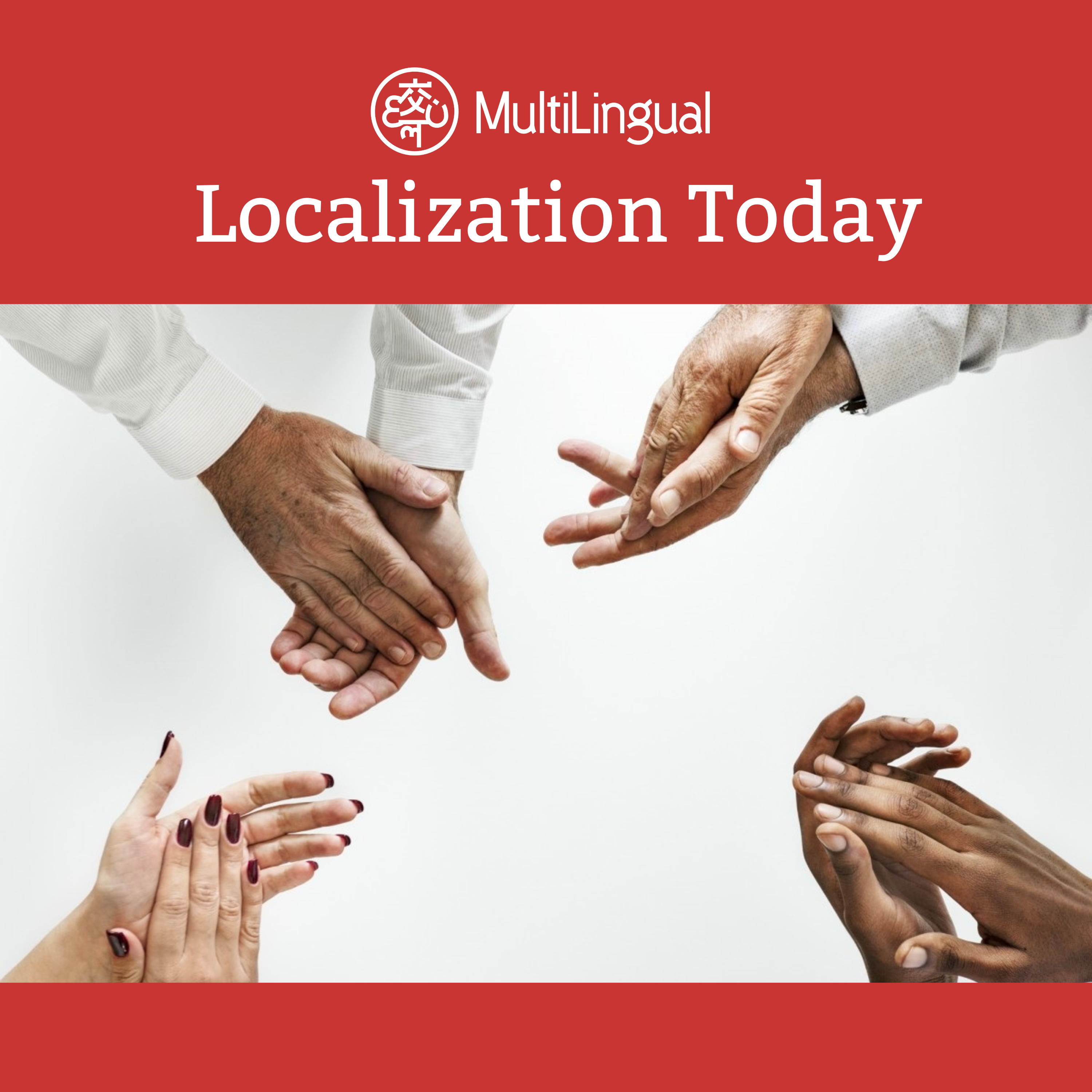Researchers at New York University have found that the English word “people” may not be as gender-neutral as you might think.

Arriving in America as a refugee with almost nothing to her name, Faiza Sultan quickly established herself as a hardworking and reliable linguist, which...

By Agustín Da Fieno Delucchi, Alfredo de Almeida, and Jorge Russo dos Santos Traditional localization roles are morphing to meet the demands of an...

Explore the importance of multilingualism and cultural diversity in businesses and society in this episode. We discuss their benefits for corporate culture, innovation, and...